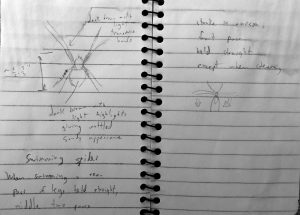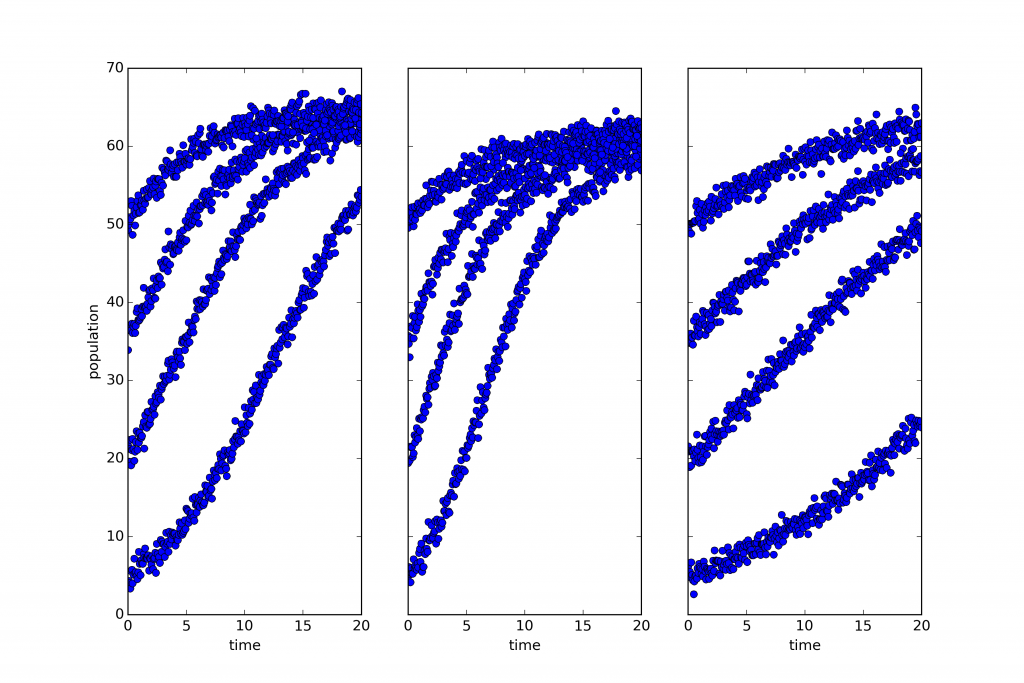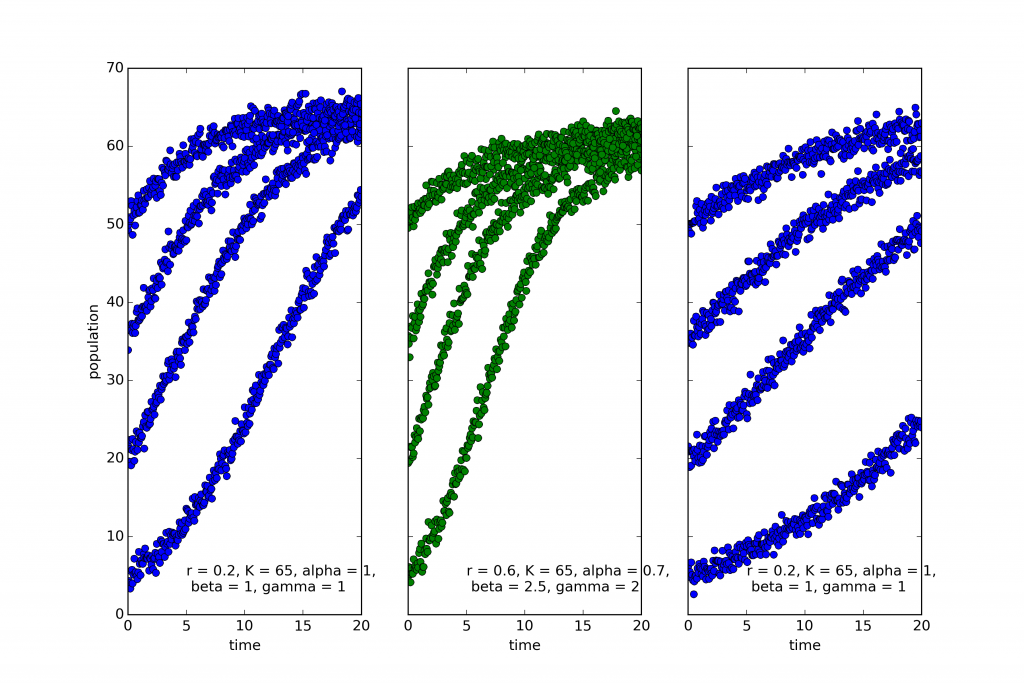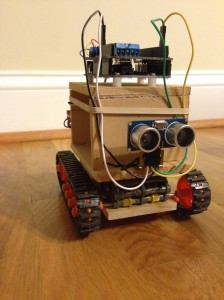The example of the watch in William Paley’s Natural Theology (1802) is famous. A stone found on a heath, Paley explains, seems not to require any explanation, but a watch, with its component parts apparently designed to perform a function, demands to be explained, and explained, moreover, in terms of a designer. And the same is true, he argues at length, of living things. Although Paley is sometimes credited with the example of the watch, it is, I think, generally recognized that he was only the latest in a long string of writers to use horology in the service of natural theology: Cicero, in the first century BCE, similarly appealed to sundials and water-clocks in De natura deorum. So Paley wasn’t original. But was he a plagiarist?
It is among the virtues of Benjamin C. Jantzen’s An Introduction to Design Arguments (2014) that he raises such a provocative question (in a section of a chapter appropriately entitled “Loose Ends”). The question is not original to him: it was broached by the pseudonymous Verax, writing in The Athenaeum in 1848. (Jantzen mistakenly attributes the question to The Book of Days, a collection of chronologically arranged trivia edited by Robert Chambers—the same Robert Chambers who wrote the anonymous protoevolutionary Vestiges of the Natural History of Creation [1844]—as a result of having misread the publication date of the edition he consulted as 1833. Curiously, Yujin Nagasawa makes the same mistake in The Existence of God [2011].)
Verax, by the way, was the pseudonym of Robert Blakey (1795–1878), who proves to have been a character in his own right. A hatmaker-turned-pamphleteer, he turned to philosophy in his thirties, publishing An Essay on Moral Good and Evil (1831), History of Moral Science (1833), and History of the Philosophy of Mind (1848). His output was impressive enough that he was appointed as professor of logic and metaphysics at Queen’s College, Belfast, in 1849, but his ill health led to his dismissal in 1851. (A funny coincidence, by the way: a prolific author, Blakey published more than one manual on fishing. As it happens, Paley was also a keen angler, and was reportedly delayed in finishing Natural Theology by his indulgence in fly-fishing.)
Anyhow, Verax raised the question of Paley’s plagiarism and answered it as well: Paley’s Natural Theology, he charged, was nothing more than a “mere running commentary” on Bernard Nieuwentyt’s The Religious Philosopher (1718), originally published in Dutch as Het regt gebruik der werelt beschouwingen, ter overtuiginge van ongodisten en ongelovigen (1715). Paley occasionally cited, so presumably read, Nieuwentyt, and it was previously remarked that he seemed to be indebted to him. The earliest such remark I found was Samuel Charles Wilks’s “Comparative View of Natural and Revealed Religion” (1817), which mentions “The ‘Religious Philosopher’ of Nieuwentyt, for example, from whom Paley seems to have derived several of his most valuable hints.”
But Verax argued in detail that not just the example of the watch but the overall organization of Natural Theology was borrowed from The Religious Philosopher, providing parallel columns with excerpts from both works showing their similarity. Verax was quite harsh about Paley’s behavior, accusing him of acting “with great unfairness, and in flagrant violations of the literary moralities.” Jantzen seems inclined to credit at least part of Verax’s accusation, writing, “I will take it as a given that, in fact, Paley passed off as his own (or, more charitably, ‘reworked’) an argument that he took from Nieuwentyt.” While I agree that it’s clear that Natural Theology contains reworked arguments that Paley found elsewhere, I am not entirely convinced by Verax.
The reason I’m not convinced is that there are credible accusations involving different sources. In his A Discourse of Natural Theology (1835), Henry Brougham described Natural Theology as “chiefly taken from the writings of [William] Derham [such as Physico-Theology (1713)], deriving from them its whole plan and much of its substance, but clothing the harsher statements of his original in an attractive and popular style,” while in 1829 Richard Watson suggested, “The basis, and indeed the plan,” of Paley’s book “are found in the third and following chapters of [John] HOWE’s Living Temple” (1675–1702). So a detailed comparative examination of the sources available to Paley would be necessary to identify whether there was a unique source and if so what it was.
There is, I think, no plausible alternative to acknowledging Paley’s debt to his predecessors, whichever of them are deemed to have been the most important sources. Defenses of Paley’s use of his sources seem to adopt either or both of two approaches. The first approach is to appeal to Paley’s pedagogical aims, arguing that he aimed to present the arguments with vigor and clarity, but not originality, in a way acceptable in his day. In his article on Paley in the ninth edition of the Encyclopedia Britannica, for example, the philosopher Andrew Seth (later Pringle-Pattison) suggested, “In the case of a writer whose chief merit is the way in which he has worked up existing materials, a general charge of plagiarism is almost irrelevant.”
But that might be hard to maintain, considering that Paley was accused of plagiarism at least twice during his life. In a booklet entitled The Young Christian Instructed in Reading and the Principles of Religion (1790), Paley included material from a spelling book without the permission of its author, then unknown to him. The author, a J. Robertson, complained about Paley’s plagiarism in The Gentleman’s Magazine, eliciting a defensive answer from Paley. Similarly, the anonymous Letters to William Paley (1796) accused Paley of using “the sentiments of former writers, frequently copied literally, and always without acknowledgment,” citing passages from John Locke and William Blackstone reworked in Paley’s Evidences of Christianity (1794).
The second approach is to claim that Paley’s use of his source materials was transformative, resulting in a version of the argument from design particularly apt for the ongoing Industrial Revolution. Such was the historian Neal C. Gillespie’s approach in “Divine Design and the Industrial Revolution: William Paley’s Abortive Reform of Natural Theology” (1990):
Paley introduced one of the exceptional novelties to be found in British natural theology prior to its eclipse after the appearance of Darwinism. … insofar as animals are constructed on mechanical principles, to that extent (but certainly no farther) they are machines and not merely analogous to machines. … Moreover, he illustrated this argument with examples drawn from the Industrial Revolution in order to reach those involved in that disruptive socioeconomic enterprise.
But a historian, concerned with the contexts in which Natural Theology was composed and received, would find such considerations more relevant to the question of Paley’s originality, than a philosopher, concerned with the arguments of the book, would, so perhaps Jantzen would be unimpressed by such a defense. In any case, I’m grateful for the impetus to have researched and thought about the question!




![Extreme reduction in body size in an insect. (A) SEM of an adult Megaphragma mymarip- enne parasitic wasp. (B). The protozoan Para- mecium caudatum for comparison. The scale bar is 200 mm. Adapted from [5].](https://www.ratiocination.org/wp-content/uploads/2014/11/TinyWasp-300x262.png)

